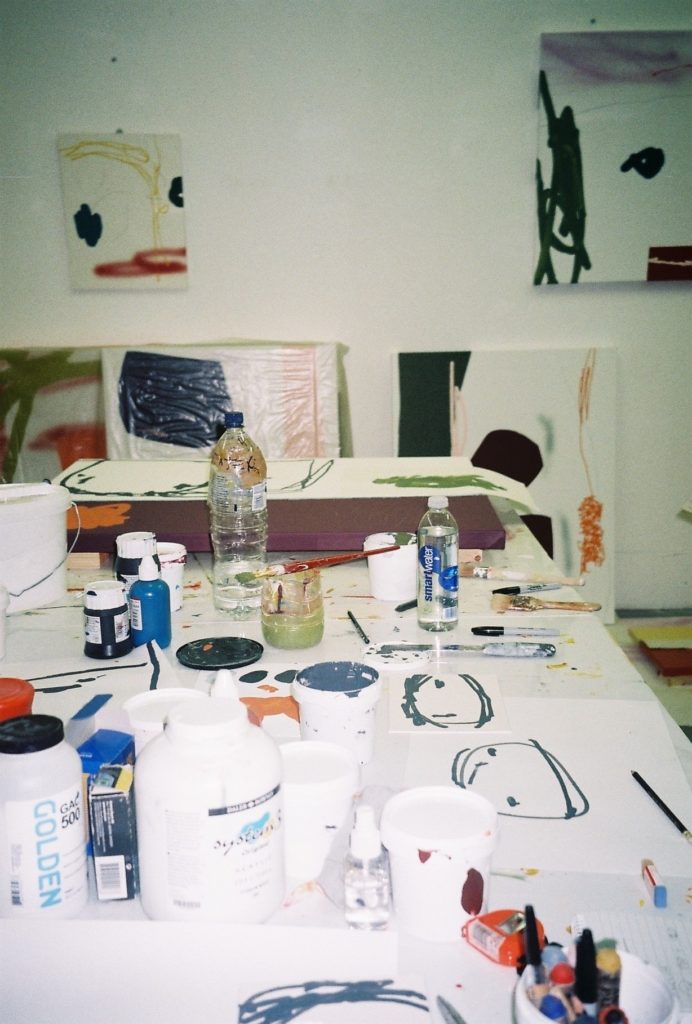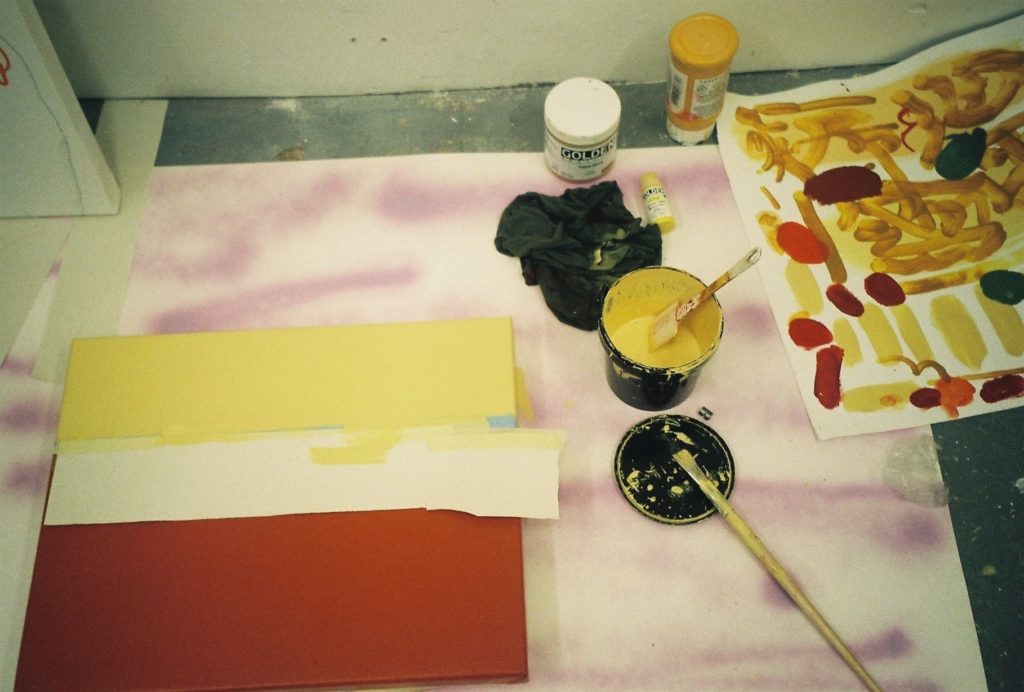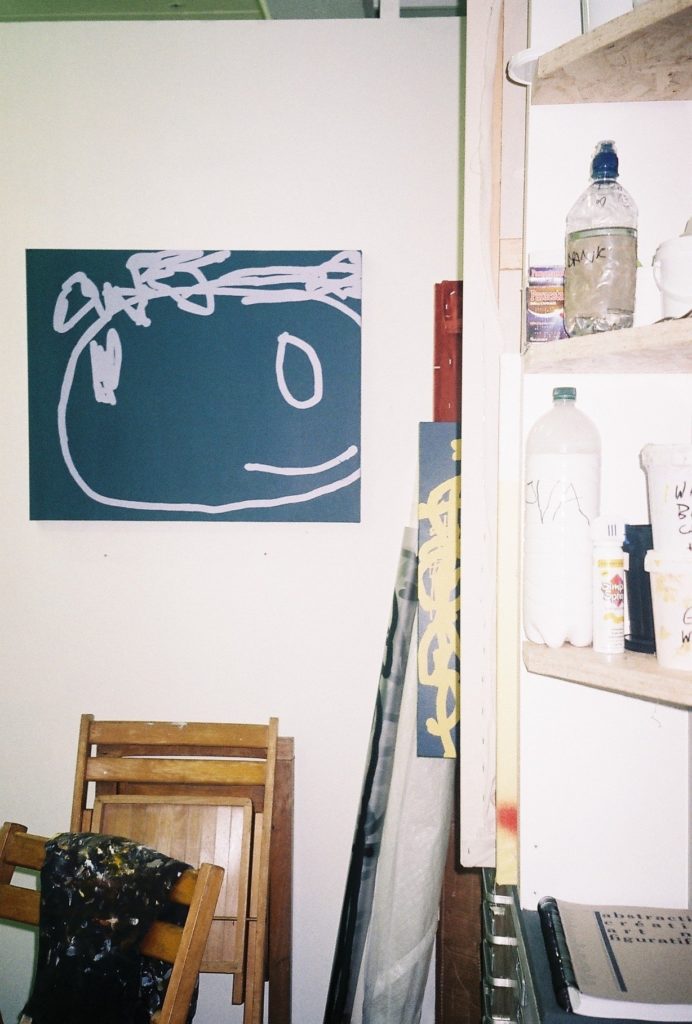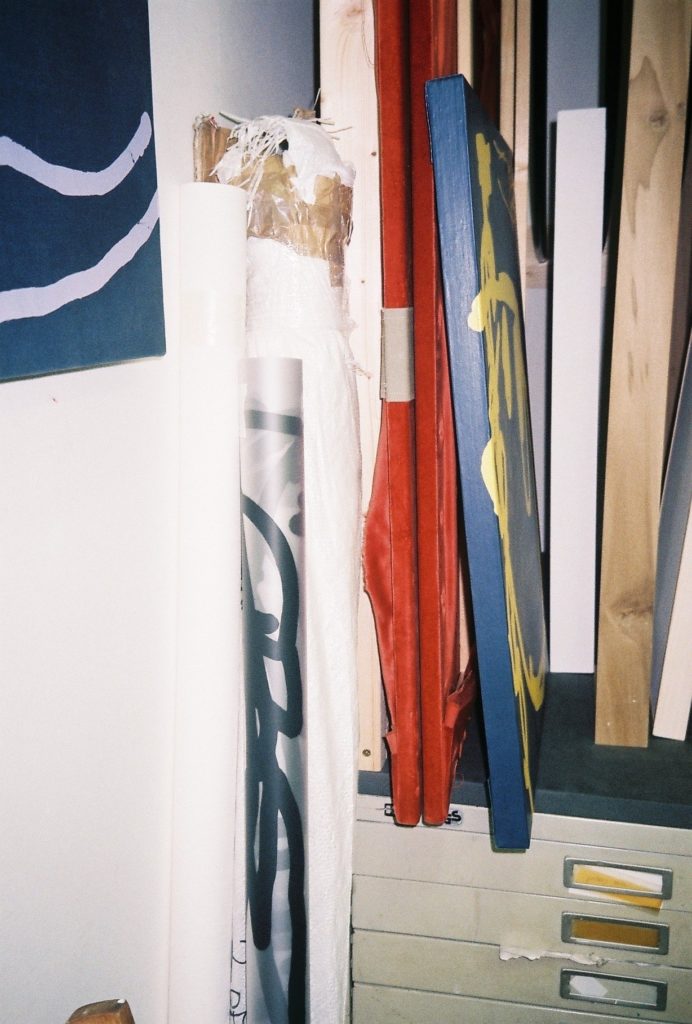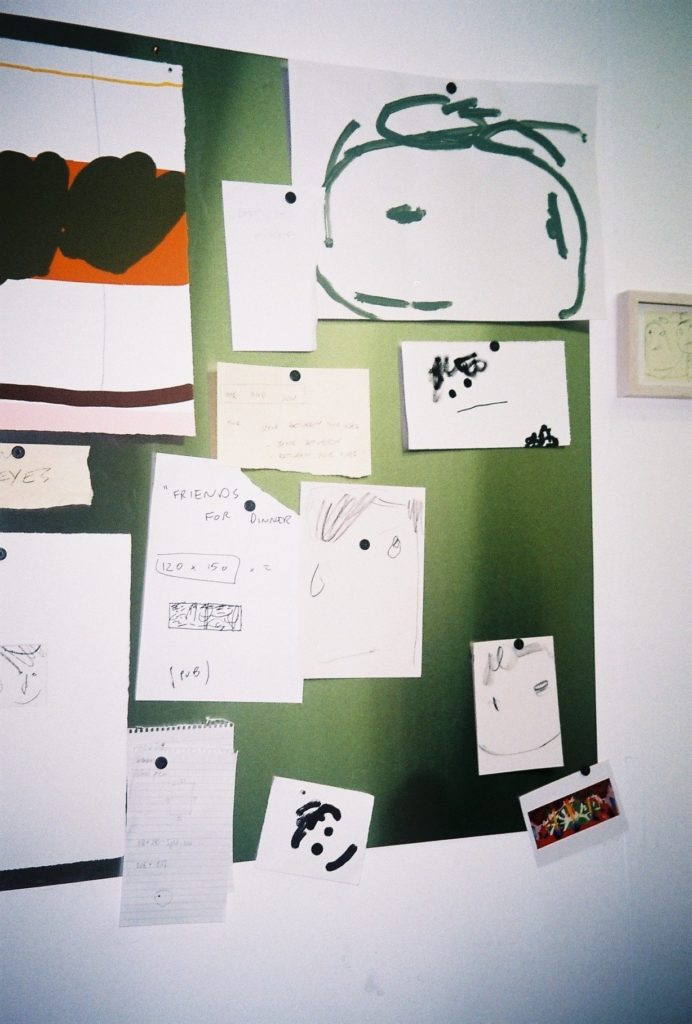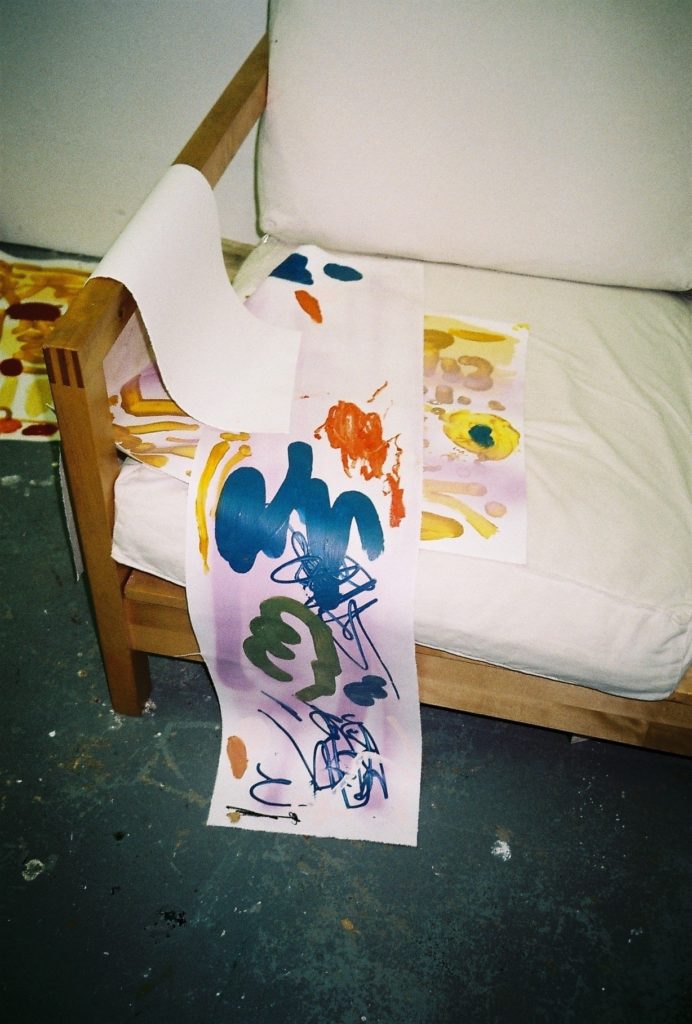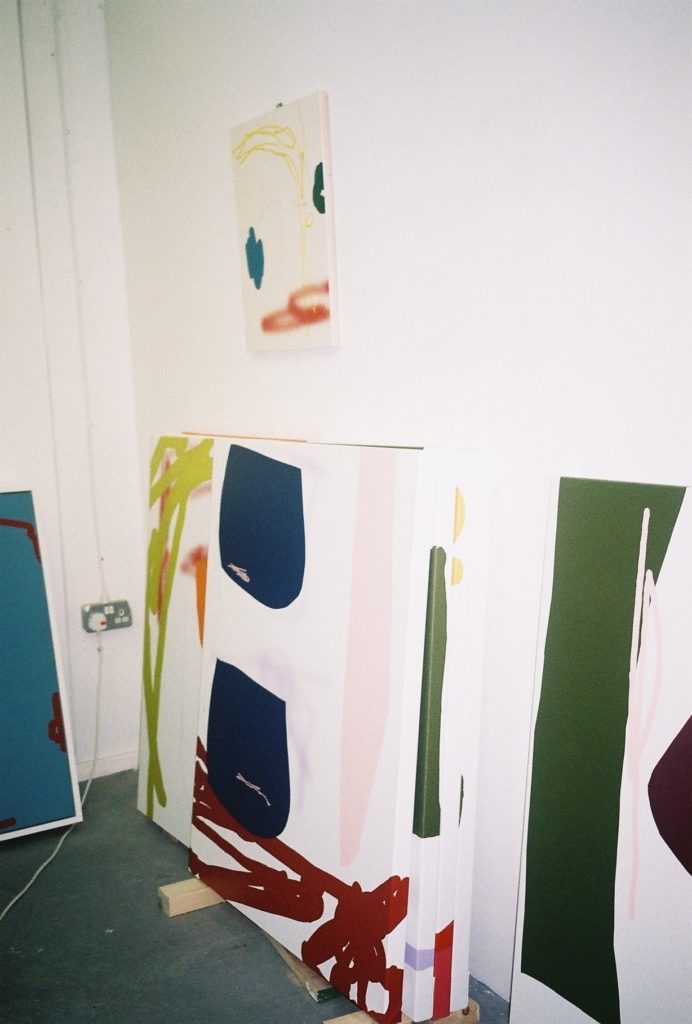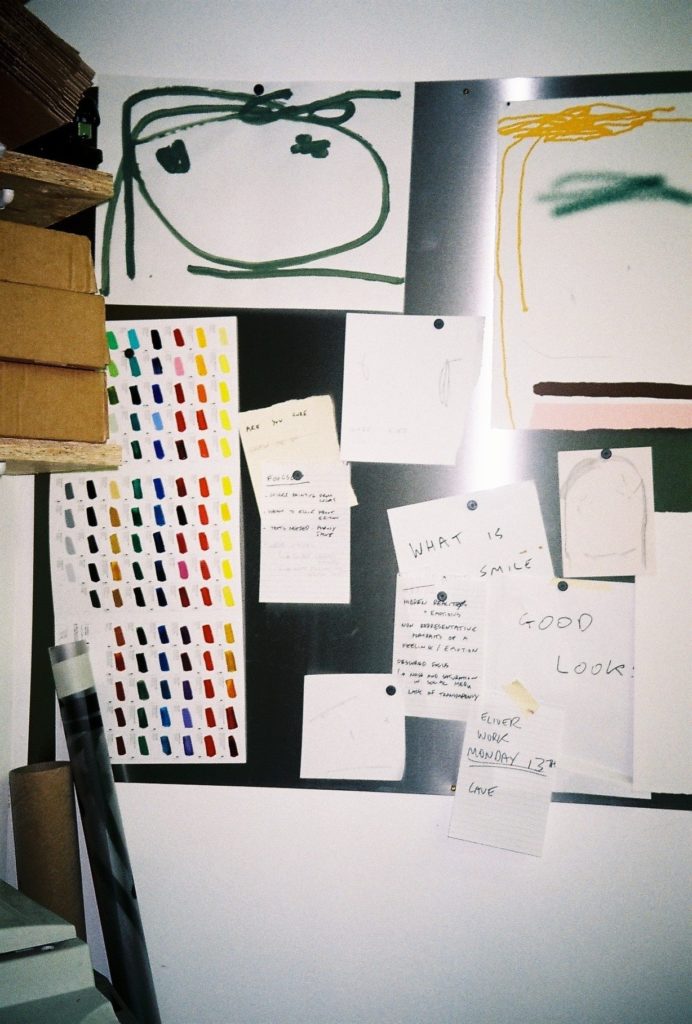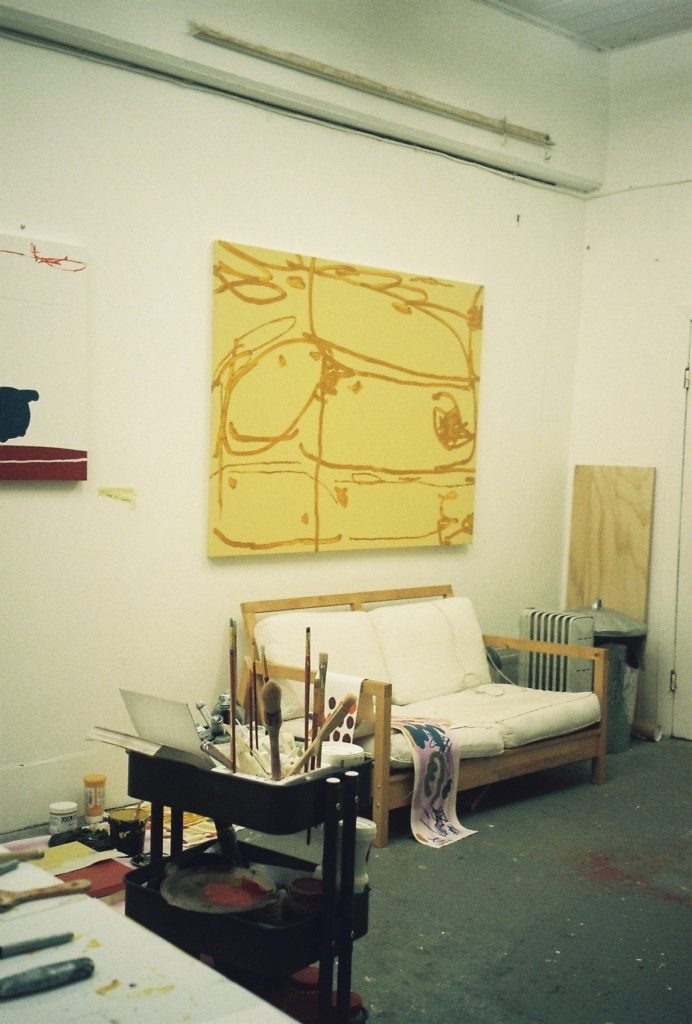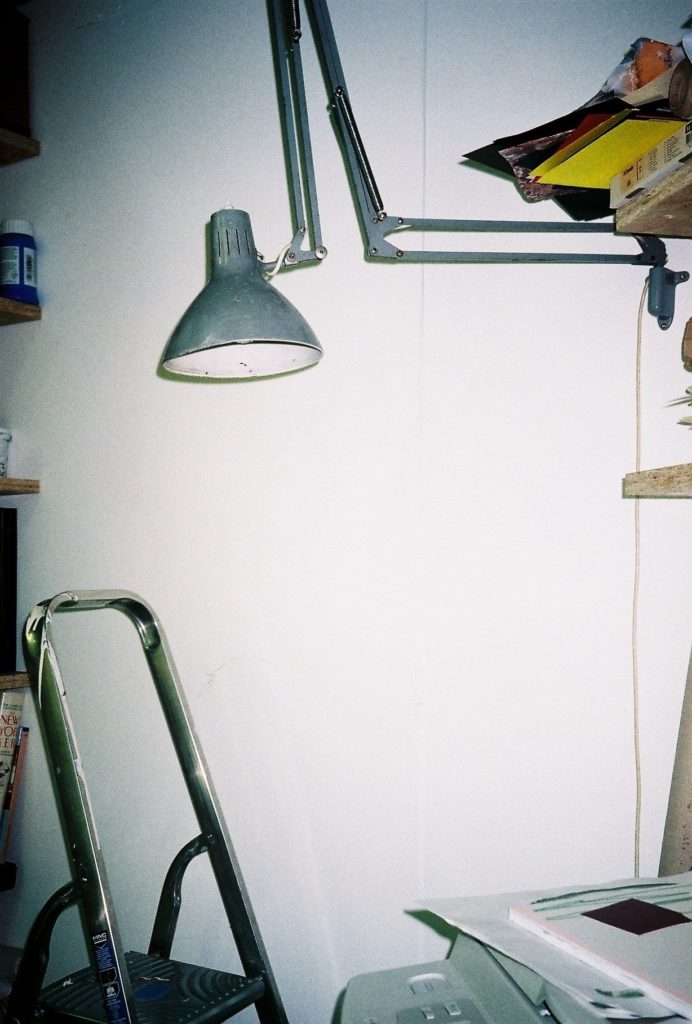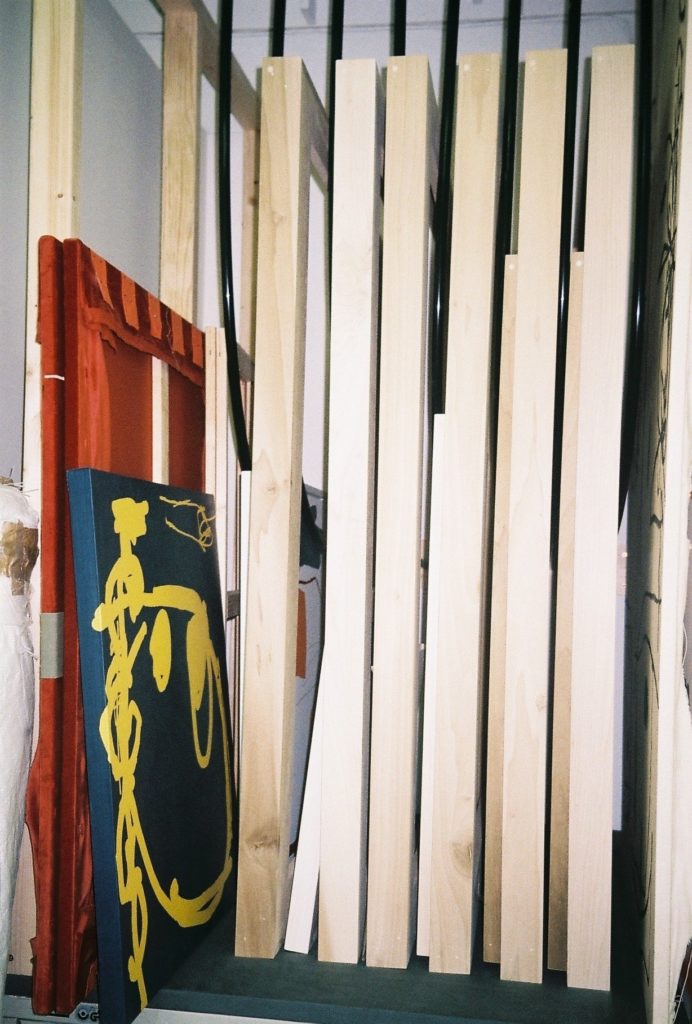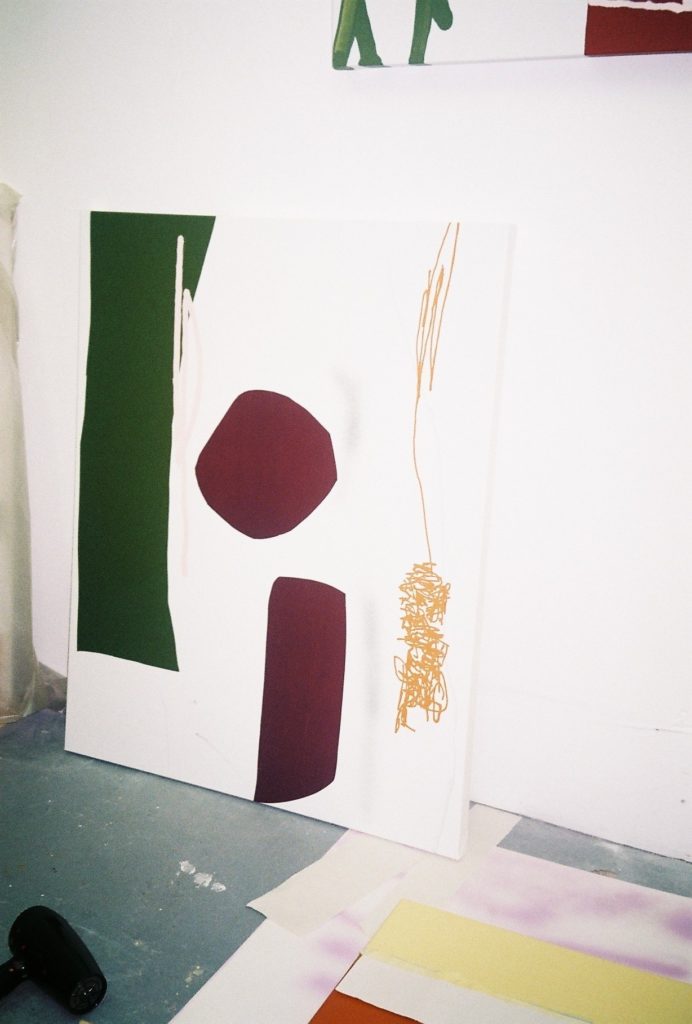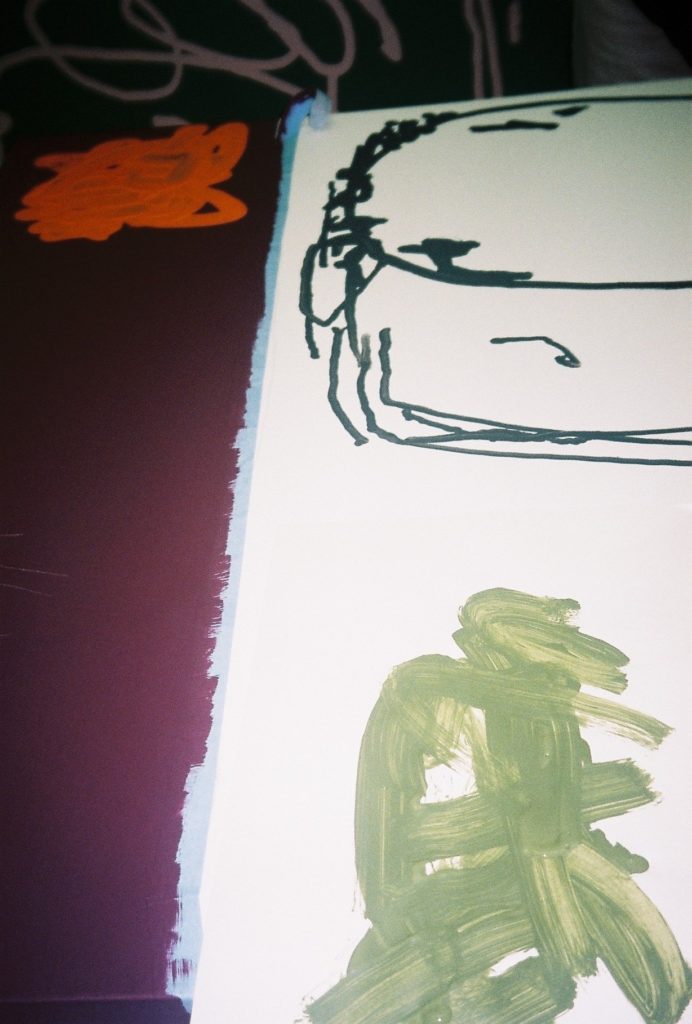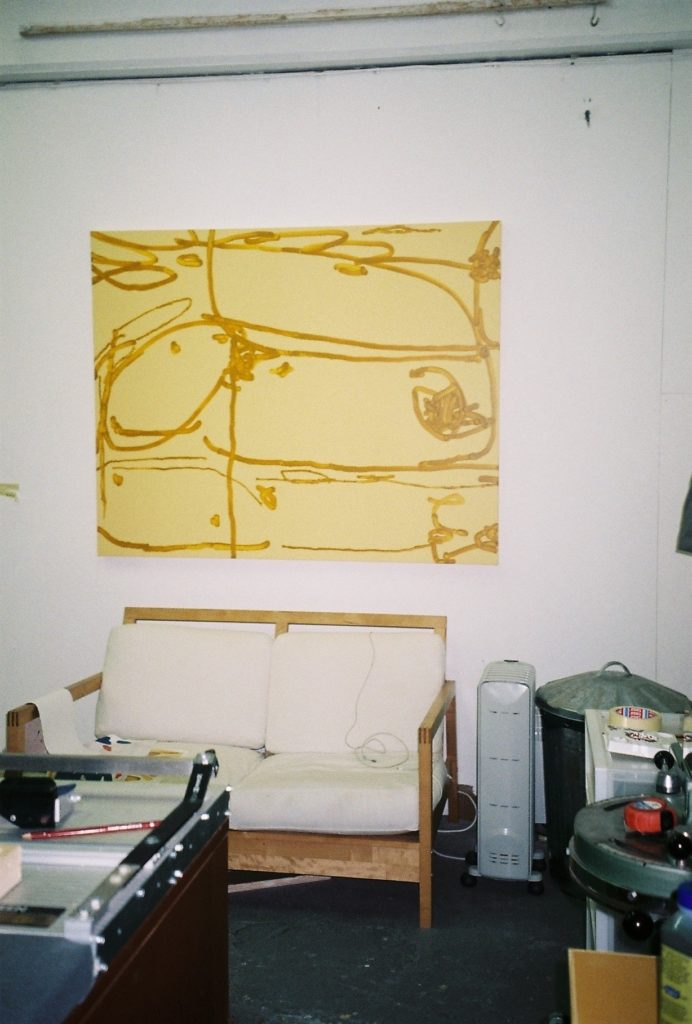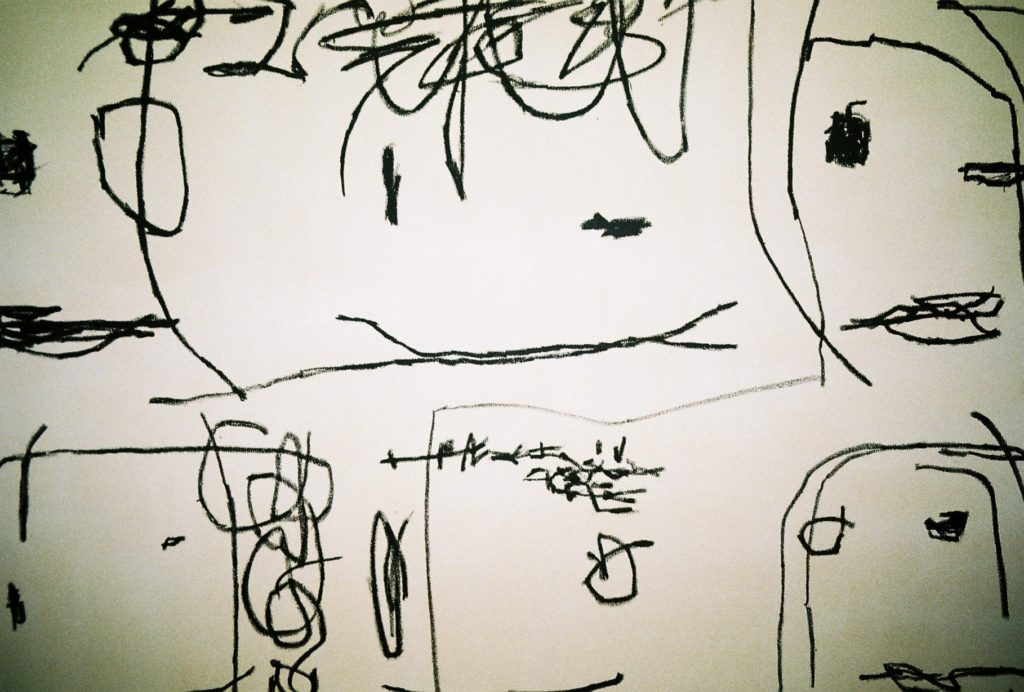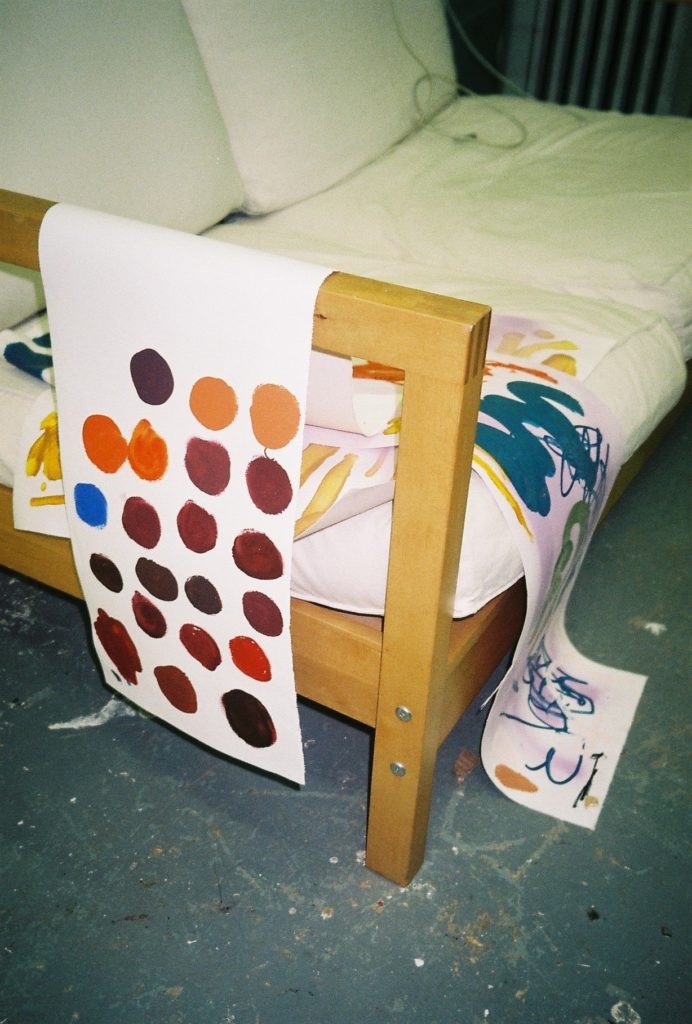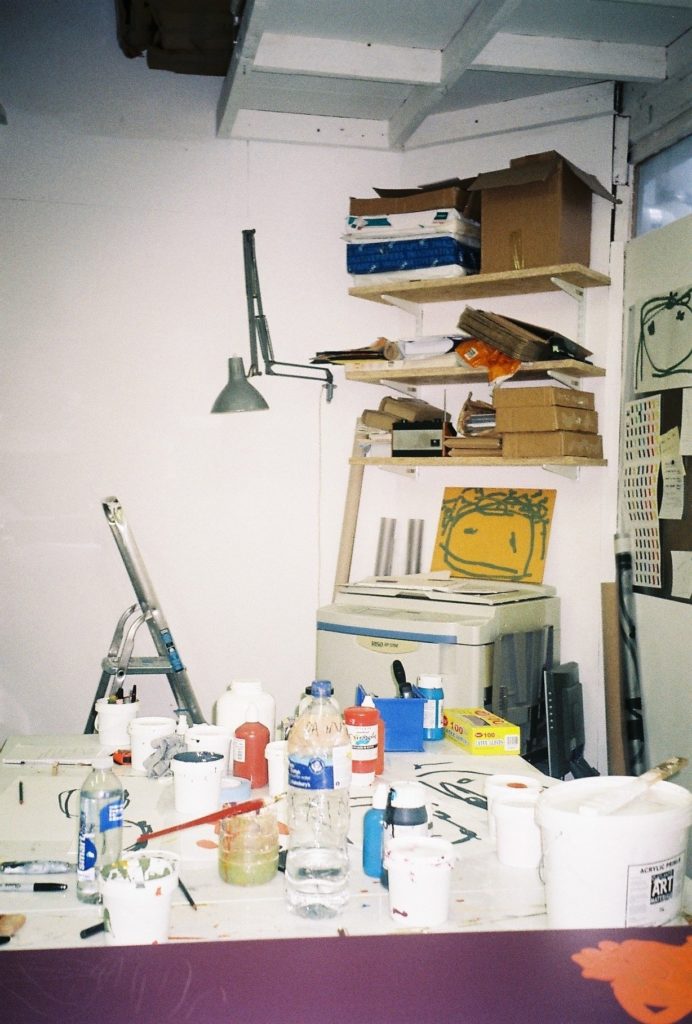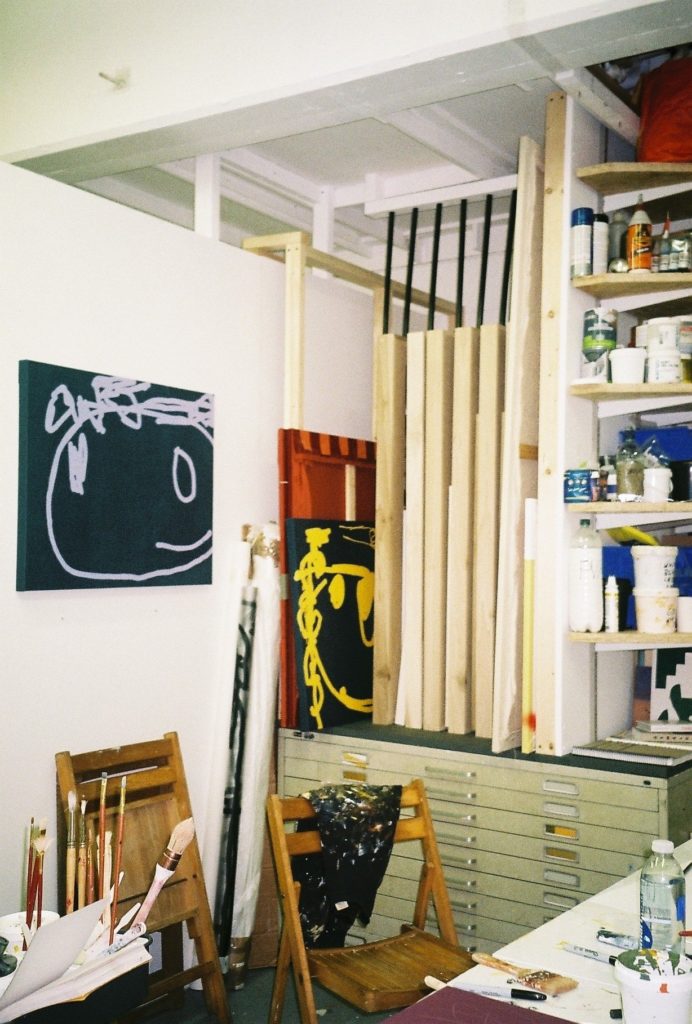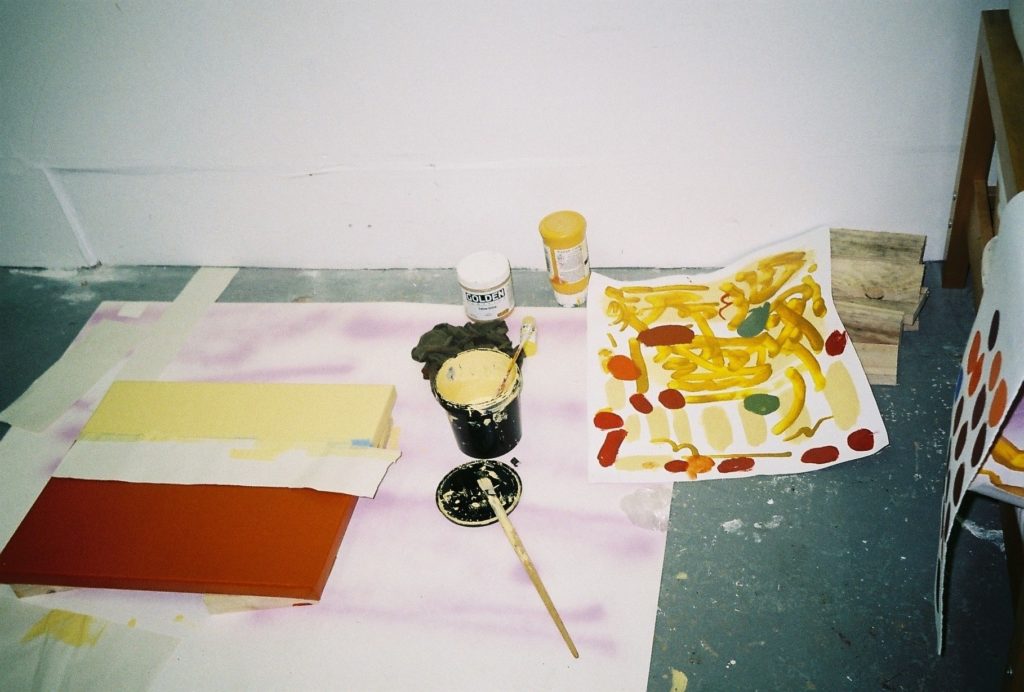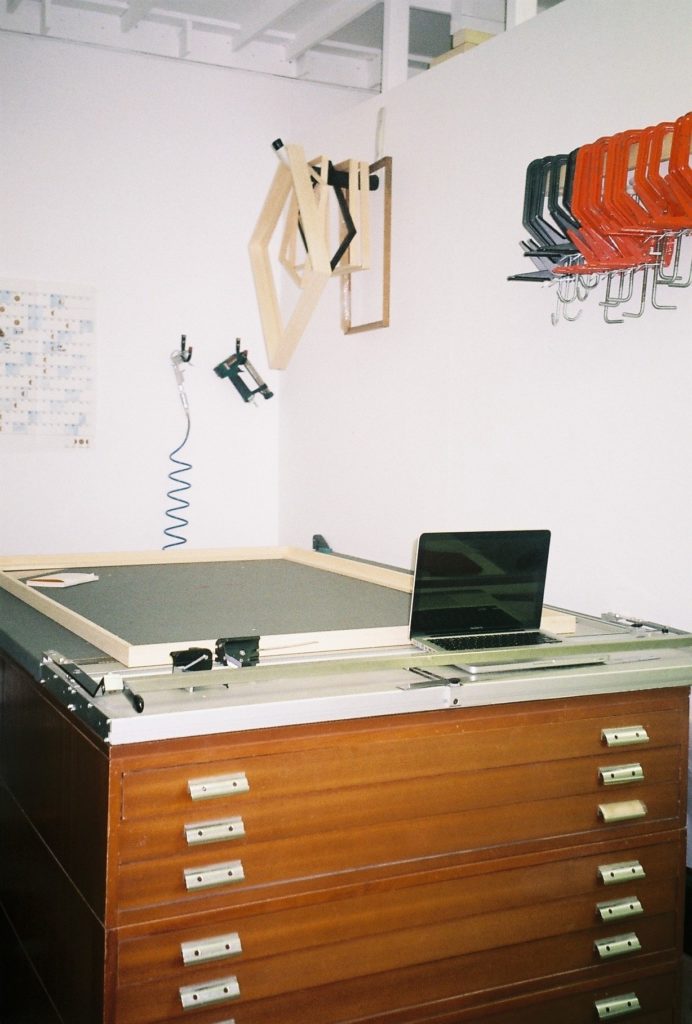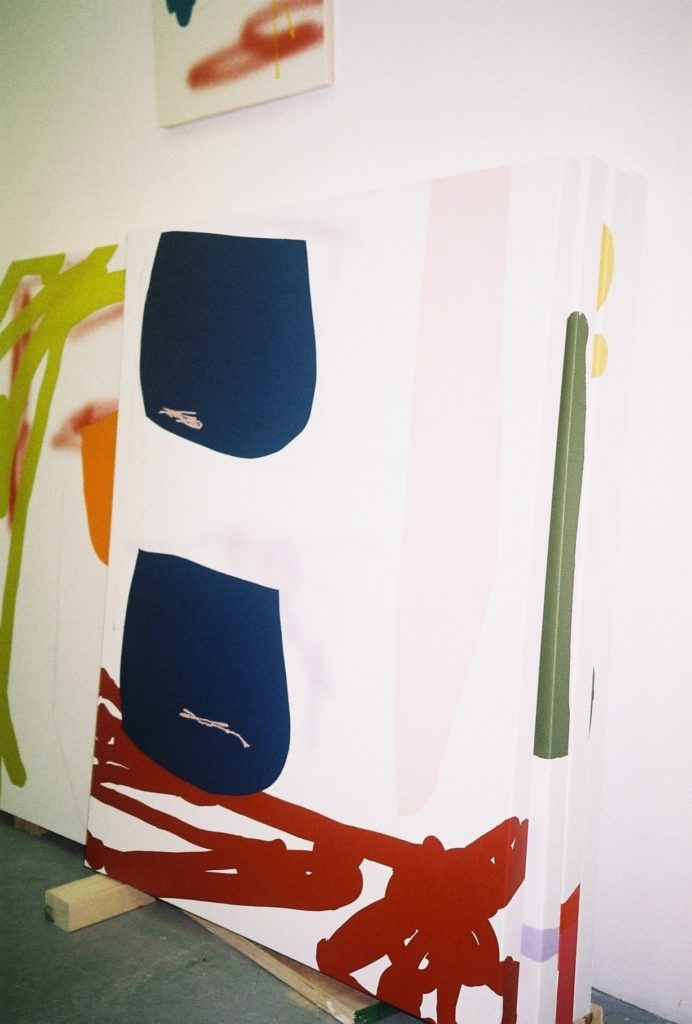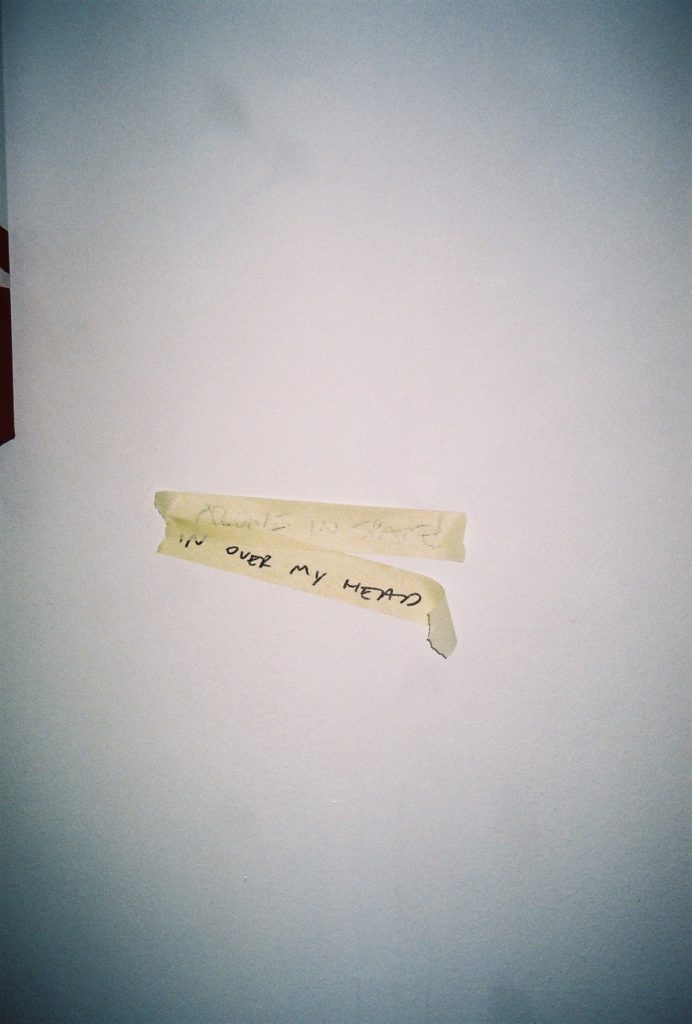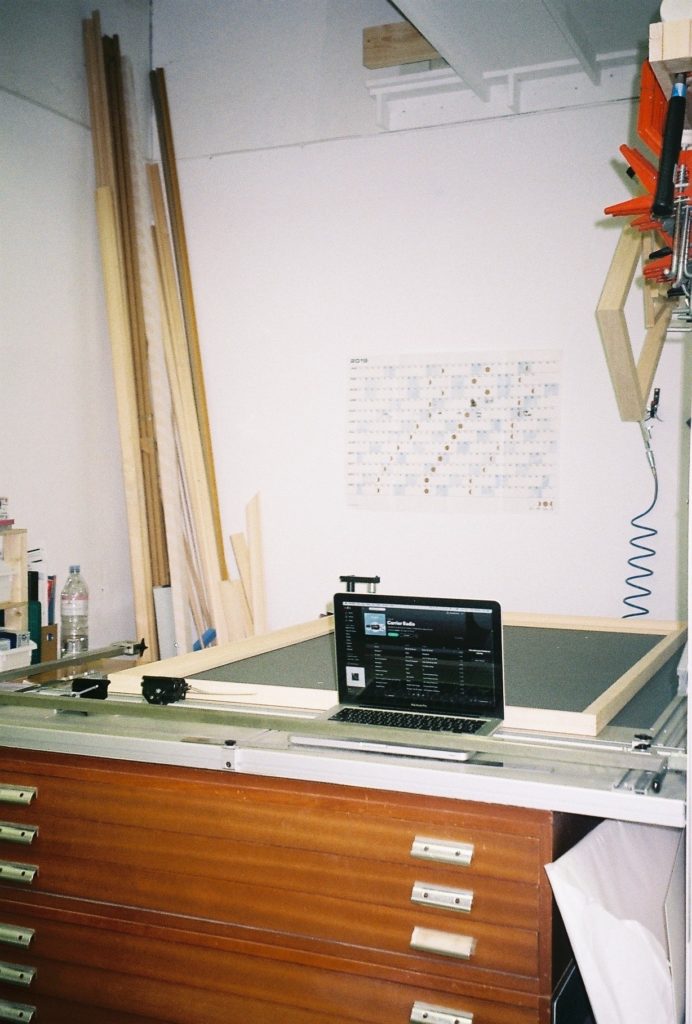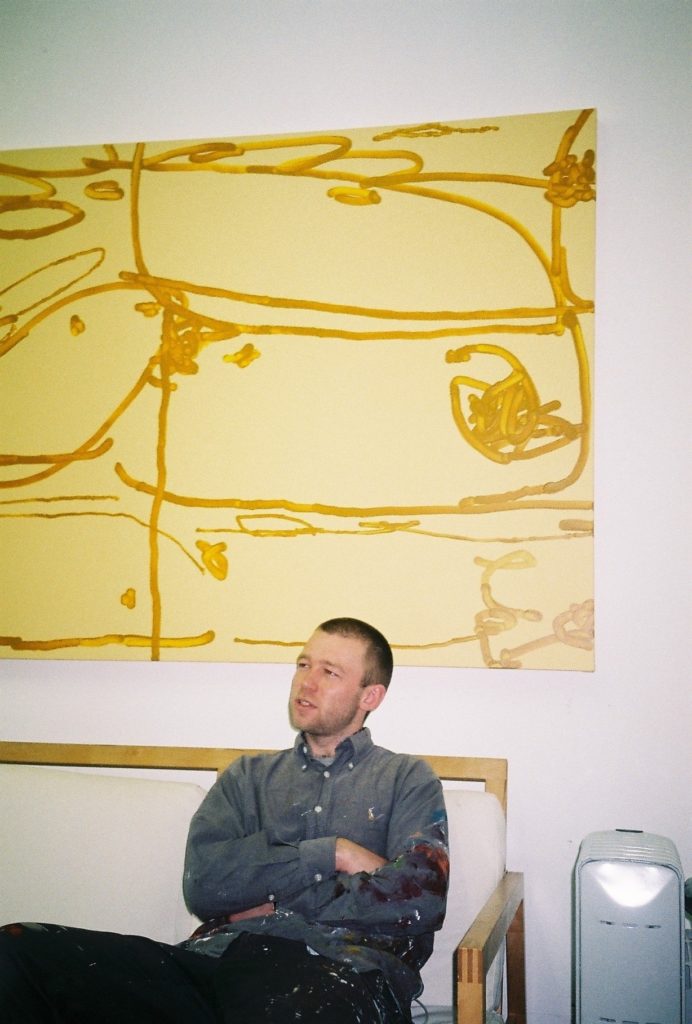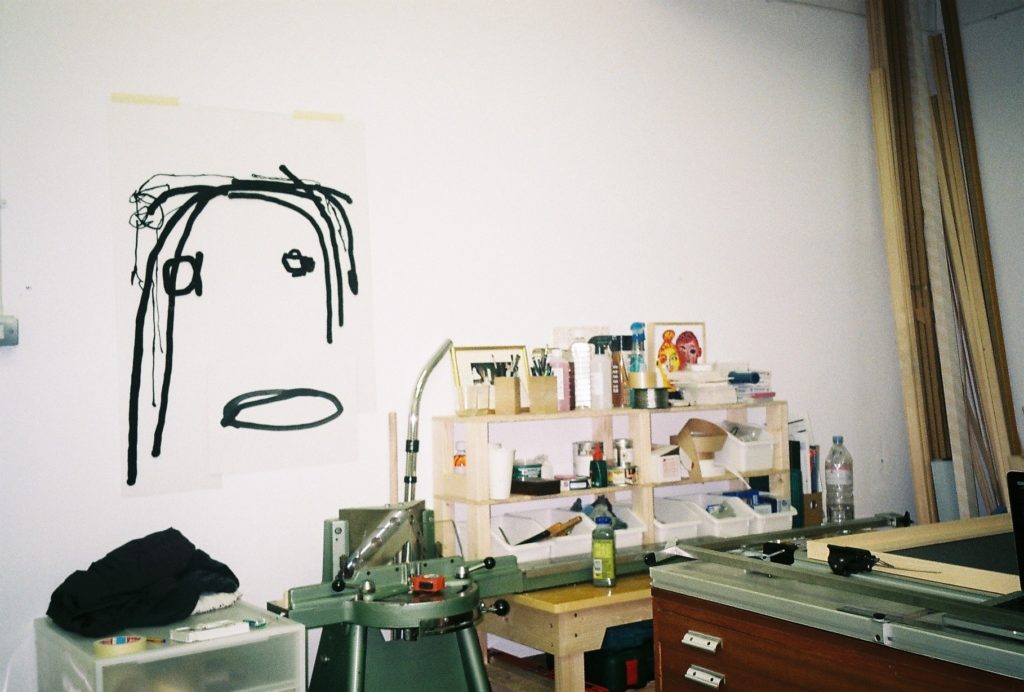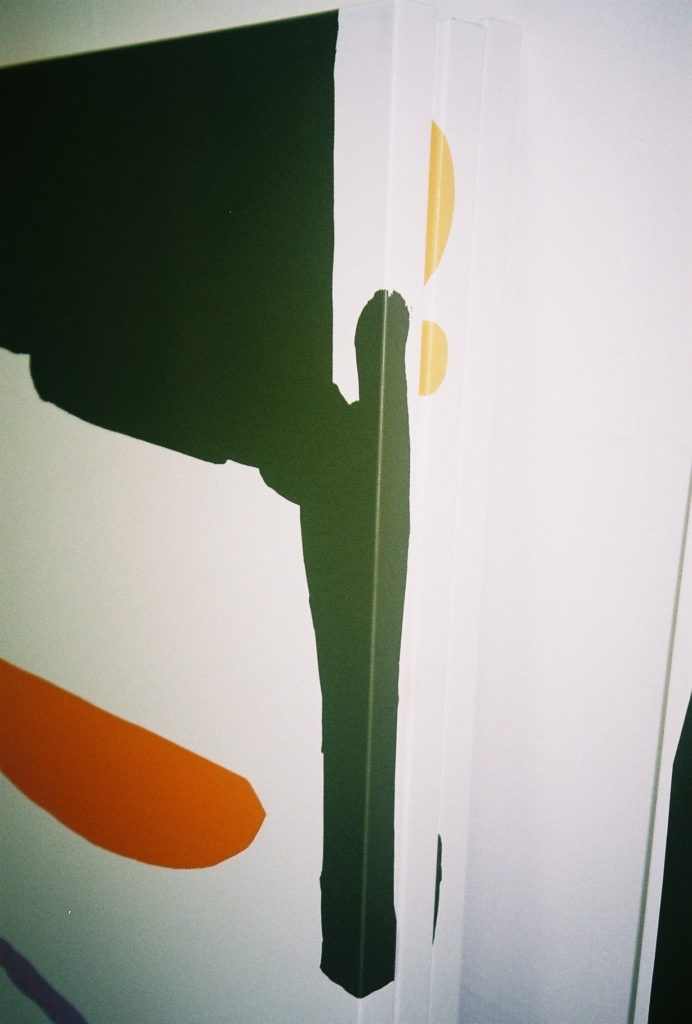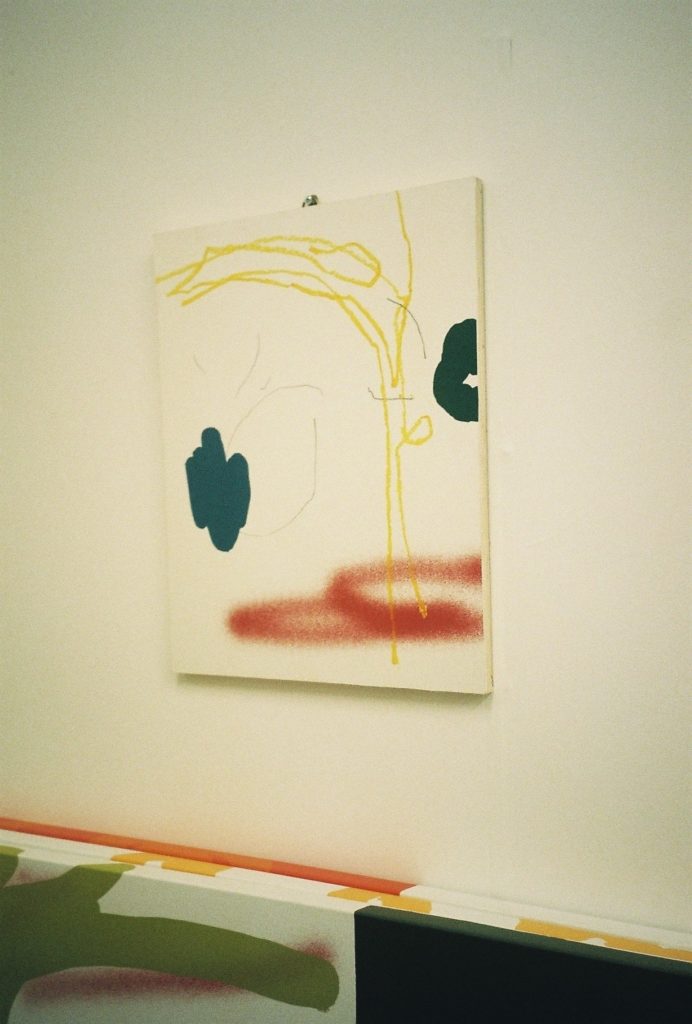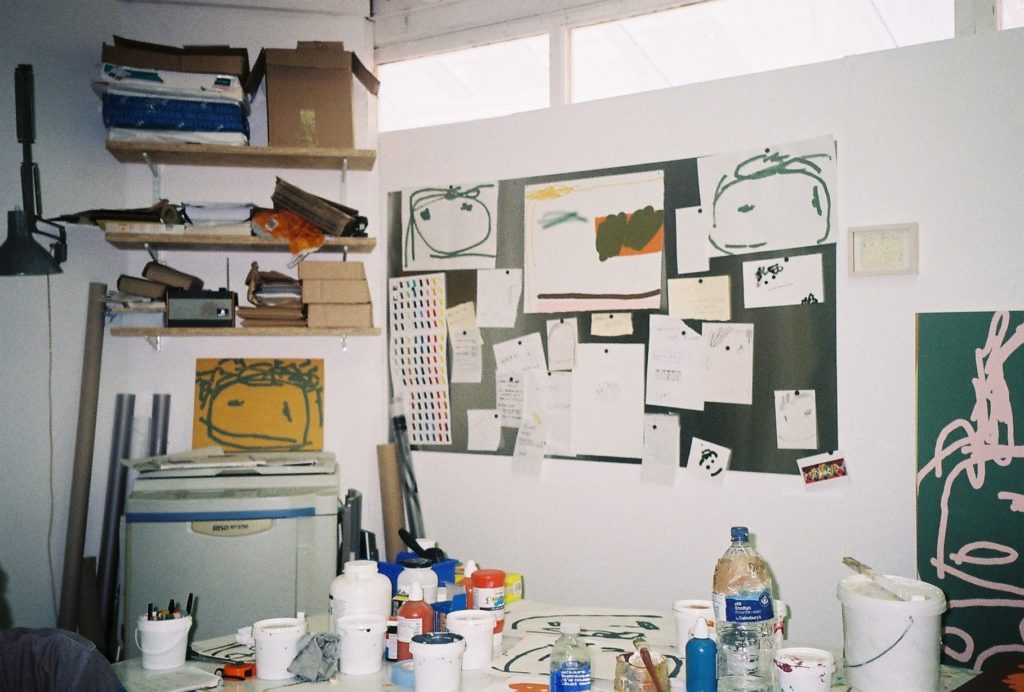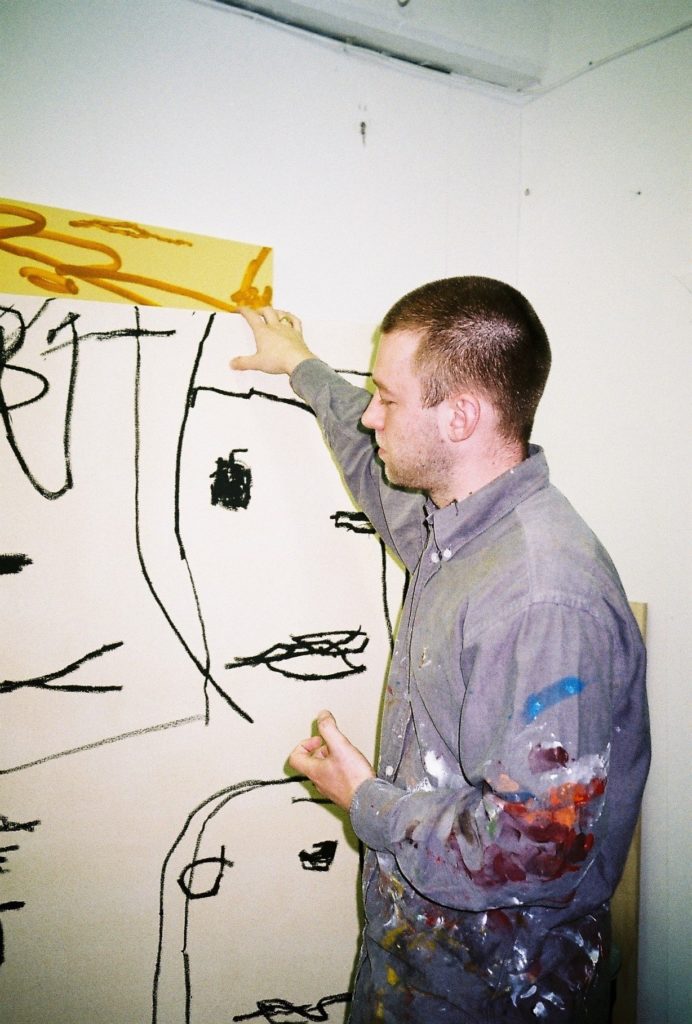
































What you see is what you feel: An exploration of emotive perception.
I find Daniel Fletcher’s workspace tucked away just off Hackney’s Mare Street. The SPACE-owned studio is located inside a two-storey industrial building, discreetly sandwiched amongst office and apartment blocks. The room which Fletcher shares with his girlfriend is just one of the 26 individual spaces the site offers to creatives. Although Fletcher lives in south-east London, he enjoys the journey and change of scenery that travelling to Hackney provides. Explaining that having his working environment away from his living one allows him to separate the two and ultimately be more productive. Stepping into the place in which an artist works, I find is much like taking a glance into what might exist in their mind. At first, the brightly lit space feels inviting and slightly chaotic. There are works hung in a multitude of positions around the room and its difficult to tell which are finished and which are still a work in progress. However, as Fletcher talks me through his practice and methods of working it becomes apparent everything is exactly where it needs to be. He often works on multiple pieces concurrently, enabling each canvas to willingly coerce the next into completion. The “controlled mess” as Fletcher calls it, creates the optimum setting for him to create in. I notice a dull beat in the background becoming increasingly louder as we chat and Fletcher reveals he always works to music, generally favouring something repetitive to help him focus. Planning is also an essential part of his routine and he prefers to start the working day early to ensure maximum productivity. The faces which so frequently appear in Fletcher’s studio, he explains, are the “cornerstone” of his practice. He relays emotive responses, pulled from points of significance in his own life. Exploring moments of fleeting expression through a wider lens, he examines how individual perception resonates with us all.
